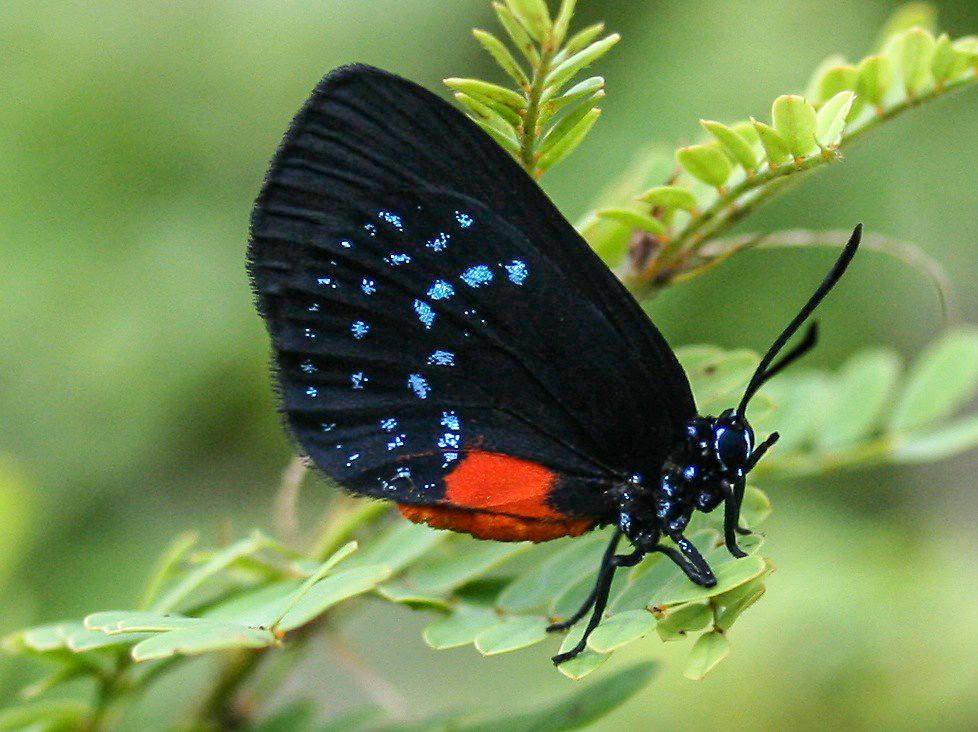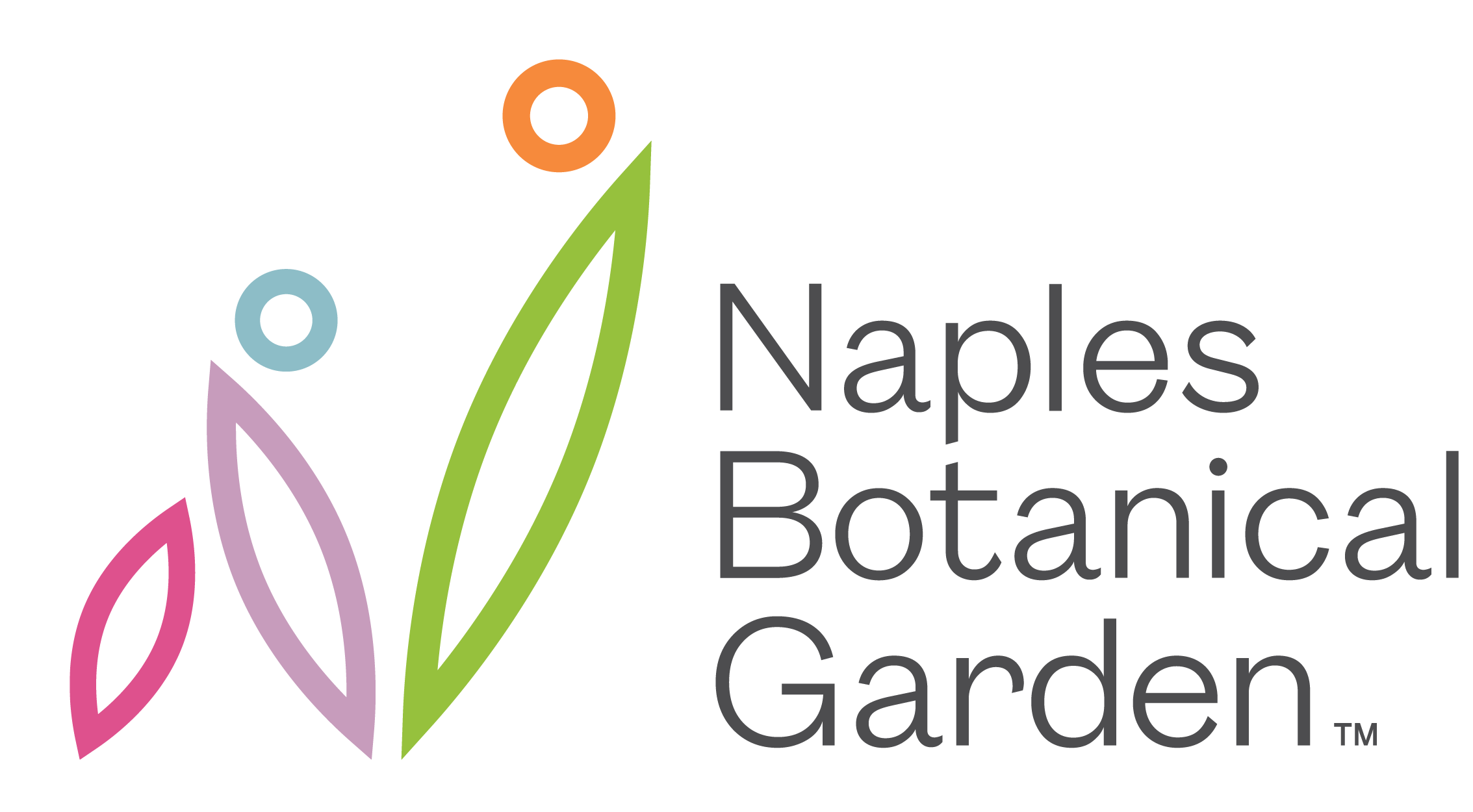
Photo: “Atala (Eumaeus atala) ovipositing” by Adam J Skowronski is licensed under CC BY-ND 2.0
They are lovely things, atala butterflies. They feature a bright orange abdomen and ebony wings accented with iridescent blue — a combination sure to catch the eye of even a hurried passerby. Moreover, they’ve got quite the comeback story: Atalas, ubiquitous in Southeast Florida through the late 1800s, were believed extinct by 1950 due to the overharvesting of their only known host plant, the coontie (Zamia intergrifolia). Settlers used the coontie roots as a starch to process into flour.
In 1979, a local naturalist documented an atala colony on a barrier island along the coast of Miami, and as far as scientists know, the species’ recovery began there, according to a 2015 article in Florida Entomologist. Today, their comeback on Florida’s East Coast is so remarkable that, for some, they’ve crossed the line from endearing to irksome. Along with bringing back the insect, there’s been a movement to re-establish the depleted coontie as a landscape plant. The butterflies are having a field day. Property owners are not.
Now, atalas are showing up here in Southwest Florida. There are at least two documented populations in town, one at the Collier County Sheriff’s administration building and one right here in the Garden.
One recent afternoon, Plant Health Specialist Cameron Cole points to the atala chrysalides clinging to the backs of leaves, to the adult butterflies fluttering through bushes — and then to the denuded coontie plants that the species devour during their caterpillar stage.
“There are so many dead coontie in the Garden right now,” he says.

Among plant people and butterfly lovers, atalas are stirring up quite a philosophical debate. Should we encourage their comeback and conserve a species that was nearly lost? Do we — as some callers to the Garden have asked — promote an expansion of their range? Do we instead favor protection of the coontie plants, themselves threatened? Did these butterflies historically occur on our side of the state before their demise, or are they expanding their range?
To the latter, Britt Patterson-Weber, the Director of Education and Visitor Experience, says Southwest Florida is most likely new territory for the butterfly, whose documented historic range had been along the other coast. That’s why she and Vice President of Conservation Chad Washburn worry about the species taking hold here.
“What are the unintended consequences?” Chad asks.
The introduction of a species will always have some sort of ramification.
Britt, who has studied butterflies and pollinators extensively, recalls the gypsy moth, brought to the United States in the late 1800s as a potential silk producer. The larvae escaped, reportedly blown from a windowsill, and the Northeast has been suffering the fallout ever since. Atalas, she notes, have virtually no predators. Coontie is toxic (to use the root as food required specific preparation), and by default, the coontie-eating atalas are poisonous, too.
So, for now, we’re taking a conservative approach, managing the population and monitoring the butterflies to understand their impact. We do not advocate introducing atalas to new locations, as pretty as they are and as remarkable as their comeback story may be.
“Before we artificially spread or increase populations, there’s so much more to be known,” Chad says.
 About the Author
About the Author
Jennifer Reed is the Garden’s Editorial Director and a longtime Southwest Florida journalist.


